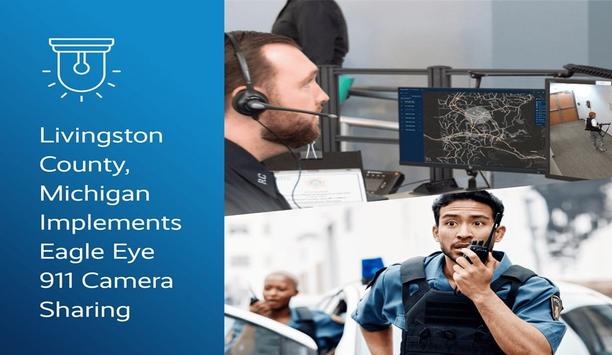 |
| Up to eight Arecont Vision 5 megapixel AV5105DN cameras will be installed at the Tular Cave Laboratory in Slovenia |
After several successful trials, the Tular Cave Laboratory in Slovenia (Jamski laboratorij Tular) will permanently install an Arecont Vision megapixel camera system to monitor and study the highly endangered European cave salamander (Proteus anguinus). Up to eight Arecont Vision 5 megapixel AV5105DN cameras will be included in the permanent installation which is expected to be completed by year end.
Each of the trials ran for 30 days on a 24/7 basis, during which time an Arecont Vision 5 megapixel camera was subjected to total darkness and near 100 percent humidity. The Proteus salamander is a blind amphibian which dwells in subterranean waters, and Tular is one of the few places where the animal has been successfully studied. A highlight of the trial (and confirmation of the camera's high resolution capability) occurred when the Arecont Vision camera mounted above one of the laboratory pools captured a Proteus female laying eggs, an extremely rare event that happens only once every 8 to 12 years in captivity.
"With this scientific study and in any application where extremely fine detail is needed, there is no better solution than megapixel technology," said Raul Calderon, Senior Vice President of Sales and Marketing, Arecont Vision. "The Tular Cave Laboratory is a unique surveillance need that demonstrates how megapixel provides more information and clearer details than other camera technologies, as well as more functionality."
During the trials, the Arecont Vision AV5105DN day/night camera, equipped with a 4.5-13mm varifocal IR lens, was mounted directly above the monitored pool (3 to 6 feet away) or experimental aquarium (1 to 3 feet away). For observation of macroscopic details (such as hatching), the AV5105DN was mounted on the video port of a stereo microscope. Because of high humidity and dripping water, the camera was enclosed in a plastic waterproof housing. Illumination was provided by three or four IR LED illuminators of various intensities to expose the entire area equally.
Images were transmitted via network to a computer running Arecont Vision AV100 software as the video management system. The AV100 software allowed technicians to precisely adjust the exposure settings and provided video recording based on motion detection triggered by the behavior of Proteus. The camera's H.264 compression technology minimised system bandwidth and storage needs.
The Arecont Vision AV5105DN camera provides full-motion progressive-scan 1280 x 1024 video at 30 frames per second (fps) and has a light sensitivity of 0.3 lux at F1.4. Features include forensic zooming to zero-in and view the details of a recorded image, motion detection and image cropping. The camera's day/night version used at the Tular Cave Laboratory includes a motorised infrared (IR) cut filter for superior low light performance.
Arecont Vision's camera line ranges in image resolution from 1.3 to 20 megapixels, including camera models providing advanced capabilities such as dual day/night and panoramic viewing. Using H.264 compression, Arecont Vision cameras deliver greater compression efficiency to solve system issues related to bandwidth and storage.


















